You’re invited to the grand opening of the Live the Life Lodge TODAY!
LiveTheLifeinEcuador | April 2, 2016
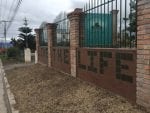
 Live the Life is proud to announce the grand opening of the new Live the Life Lodge, along with the El Agave Restaurant and El Toro Bar!
Live the Life is proud to announce the grand opening of the new Live the Life Lodge, along with the El Agave Restaurant and El Toro Bar!
The grand opening takes place today, April 2nd, 2016. There will be food and drinks, live music, dancing, and more, so feel free to join us!
There’s going to be a ping pong tournament, a horseshoe competition (starting at noon), Yuca pizza and barbeque, drink specials, dance lessons, and more.
For more info and reservations, you can email Drew at drew@livethelifeinecuador.com.
Live the Life Lodge
Our new lodge can serve as a rest stop for tours or a place to stay and relax during your adventures in Ecuador.
Some of its many features include:
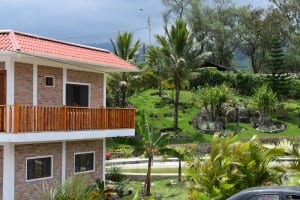 Real estate office
Real estate office
Full-service organic restaurant
El Toro Bar
Clermo’s Juice Bar
Dine-in pizza kitchen
Swimming pool with snack bar
Jacuzzi
Sauna
Zip line
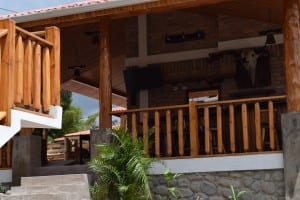 Volleyball courts
Volleyball courts
Fish ponds
Sprawling gardens with organic produce and rare plants
Organic seed store
Spacious 1 to 2-bedroom units
Large house that can accommodate up to 18 guests
Bird watching tours, hiking or biking trips, organic farm tours and trips to Cuenca, Mancora, the El Chorro falls, coastal towns, and other destinations can also be arranged at the lodge.



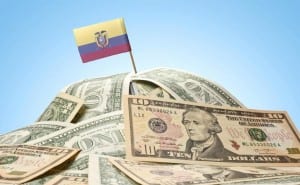 Should you invest in stocks or real estate?
Should you invest in stocks or real estate?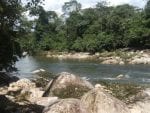
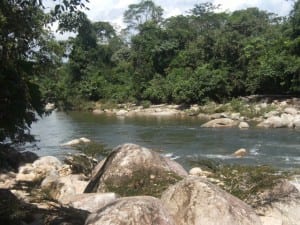 Business opportunity properties
Business opportunity properties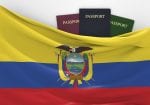
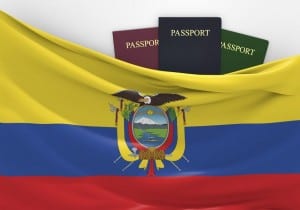 Obtaining an Ecuador visa is fast and simple.
Obtaining an Ecuador visa is fast and simple.
 See a doctor
See a doctor
 Ecuador has its own fair share of scary-sounding tropical diseases, but don’t fret – the country has excellent medical facilities and private clinics that will attend to your needs, but let’s hope that’s not the case. Steel yourself against these diseases while you’re in Ecuador.
Ecuador has its own fair share of scary-sounding tropical diseases, but don’t fret – the country has excellent medical facilities and private clinics that will attend to your needs, but let’s hope that’s not the case. Steel yourself against these diseases while you’re in Ecuador.
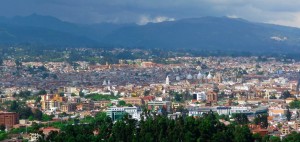



 Ecuador is fast becoming known for its booming medicinal tourism, and for good reason. Here, you can avail quality health care for a fraction of the price you pay back in the United States.
Ecuador is fast becoming known for its booming medicinal tourism, and for good reason. Here, you can avail quality health care for a fraction of the price you pay back in the United States.